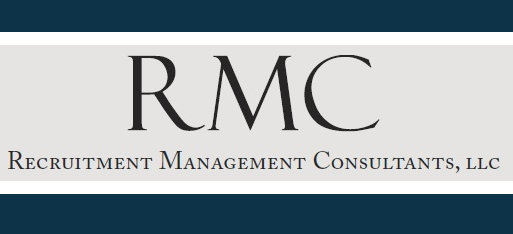Common Sense Networking For the Novice and Seasoned Professional Alike
By Paul Bagadzinski
Recently I’ve found myself doing a lot of professional networking. Forming solid business relationships is key to obtaining new business opportunities. No matter whether you’re a seasoned software developer like me or fresh out of college and just starting your career, professional networking can sometimes be an awkward process. Especially if you’re not the most outgoing person, such as myself. Networking in general, forces you to meet and interact with individuals you wouldn’t normally socialize with. The following is a set of common sense, yet not always followed tips you can start using right away to establish valuable relationships with new connections and to better engage with existing colleagues.
There are many different types of networking events; there’s roundtable networking, chamber of commerce, diversity groups, happy hour meetups and user groups. I’ve even recently been to a speed networking event for business professionals.
Eventbrite and Meetup are but two excellent examples of where to find such events online. Plan accordingly, you should have clear goals for each event, what types of events you’d like to attend and the number of events you’d like to attend within a given timeframe. Meetup lets you browse people’s profiles in order to find prospects beforehand. It always helps to get the attendee list in advance so you can target certain types of individuals. Some events are very relaxed, but others are not. Dress accordingly.
Some events serve food and or drinks. Although drinks may be provided by the host as a tactic to loosen people up, you should always monitor the situation and gauge what others are doing, as some may frown upon this behavior. Some events, such as my developer’s users groups, have a separate non-official post meeting social hour.
Since you’re there to network, always bring a set of business cards. Only give out your card when somebody asks. If an event provides nametags, place it on the right side of your chest so it’s always visible. Even when you shake someone’s hand. Have a good elevator pitch. Make sure to practice a generic script beforehand. But it should always relate to the person with whom you’re conversing. Explain your unique value proposition. It always helps to insert a success story, or how you managed to solve a particular business problem.
Move around, don’t spend too much time with one person. You certainly won’t be interested in connecting with everybody you meet. But when you do, make sure to follow up immediately. You’ll generally have about a 24-48 hour magic window to do so. Where afterwards, your new potential connection may not respond positively, since they may not remember you or the great conversation you shared.
Sometimes people can be hard to get a hold of and it takes a few tries. Don’t always use the same contact method when reaching out. I always like to mix things up by sending a text message or an email, rather than filling up someone’s inbox with yet another redundant voicemail. When possible, ask and figure out what contact method and time of day they prefer. It should go without saying, but don’t call or text past 8PM. The overall idea is to be persistent, but not come off like a stalker.
Some business professionals prefer communicating via LinkedIn. LinkedIn isn’t just a messaging platform, it’s an excellent tool for performing research on your connections. Maybe they attended the same college as someone you mutually know. It’s possible they’re a member of the same extracurricular or volunteer organization as you. Make sure to visit their corporate website. Knowing these things can give you that extra edge, even if it only adds up to small talk. Be careful however, just because you have a mutual connection doesn’t mean your contact is always on friendly terms with the 3rd party.
Now that you’ve successfully made that new connection, figure out how you can be of service and don’t just endorse yourself. Just like writing a personalized message when connecting on LinkedIn, make the conversation about them. Don’t be a taker, give back and help out.
Bio: Paul Bagadzinski is a software consultant with over ten years’ experience of software engineering and entrepreneurial experience that specializes in software product design and shipping quality software deliverables.

